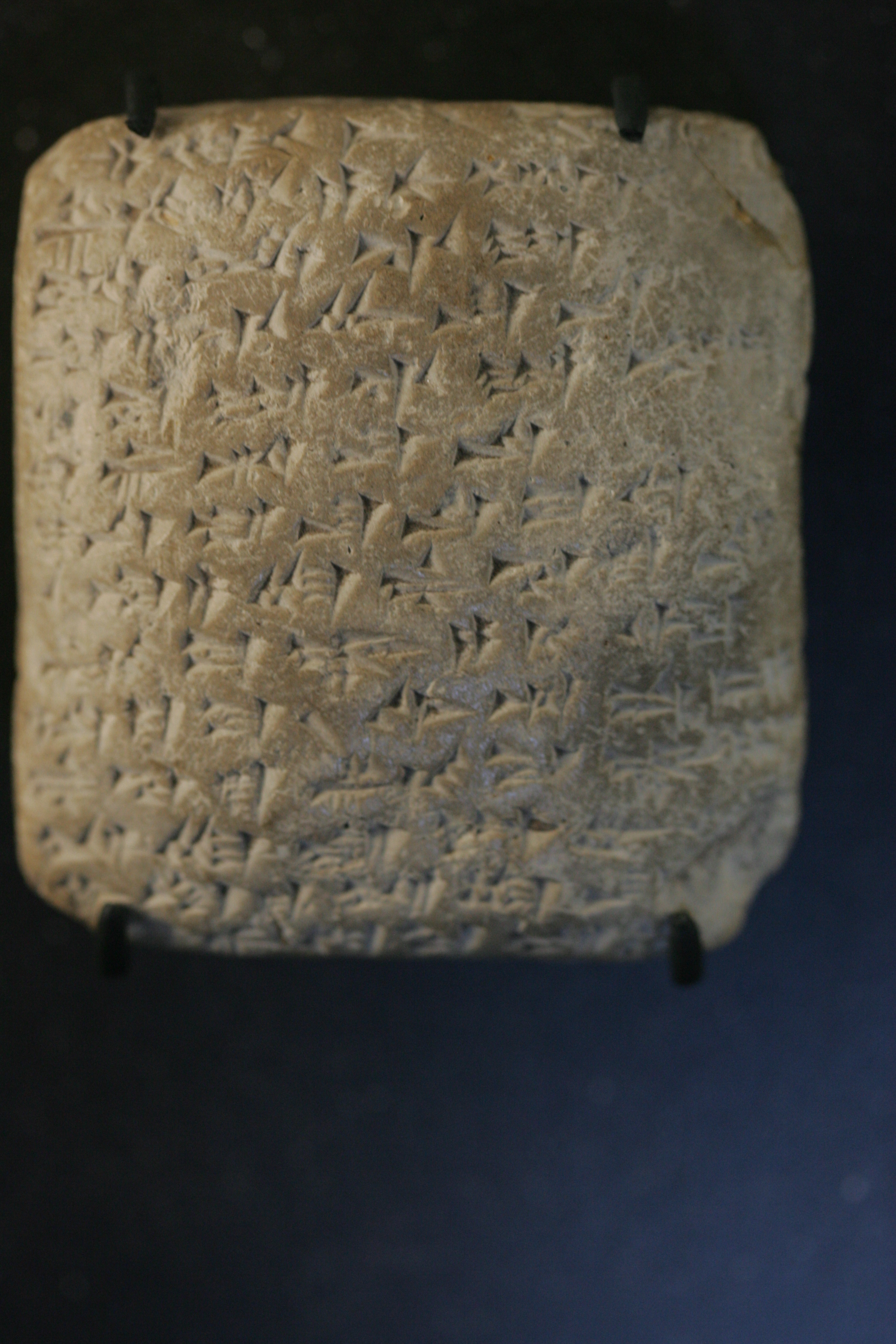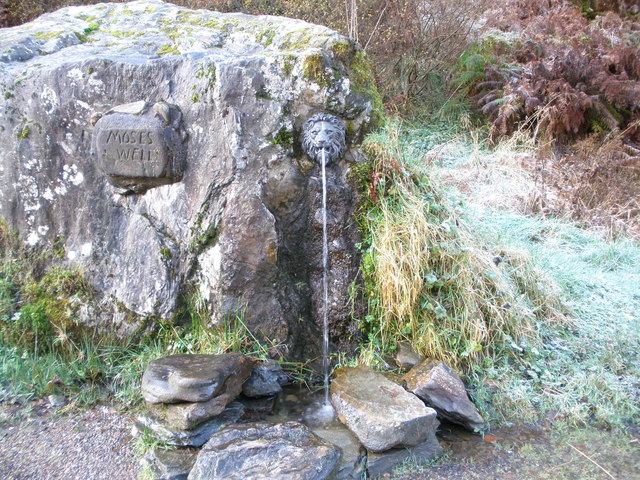|
Amarna Letter EA 364
Amarna letter EA 364, titled ''Justified War,'' is a clay tablet letter from Ayyab, ruler of Aštartu, to Pharaoh Akhenaten (1350s–1330s BC). It is one of the Amarna letters, 382 in total, dating from c. 1360 – c. 1332 BC. The initial corpus of letters were found at the city of Amarna, founded by Akhenaten, in the floor of the Bureau of Correspondence of Pharaoh. The letter is a reply to the pharaoh referring to a letter from the pharaoh's messenger Tahmassi. In it, Ayyab, ''governing-man'' (often—("who/which"-( ša))-"man, city")- Aštartu, who is in control of one of the city-states in Canaan, is stating his commitment to guarding the city (and the region), after three cities in the region were taken in attacks by Habiru raiders. The tablet measures about 4 in x 2.3 in and is in relatively pristine condition. Because of its narrowness, each line averages only between 4 and 7 cuneiform characters in the Akkadian language. Glossenkeils used in letter 364: Text Th ... [...More Info...] [...Related Items...] OR: [Wikipedia] [Google] [Baidu] |
Amarna Letter Mp3h8876
Amarna (; ar, العمارنة, al-ʿamārnah) is an extensive Egyptian archaeological site containing the remains of what was the capital city of the late Eighteenth Dynasty. The city was established in 1346 BC, built at the direction of the Pharaoh Akhenaten, and abandoned shortly after his death in 1332 BC. The name that the ancient Egyptians used for the city is transliterated in English as Akhetaten or Akhetaton, meaning " the horizon of the Aten".David (1998), p. 125 The site is on the east bank of the Nile River, in what today is the Egyptian province of Minya. It is about south of the city of al-Minya, south of the Egyptian capital, Cairo, and north of Luxor (site of the previous capital, Thebes). The city of Deir Mawas lies directly to its west. On the east side of Amarna there are several modern villages, the chief of which are l-Till in the north and el-Hagg Qandil in the south. Activity in the region flourished from the Amarna Period until the later Roman e ... [...More Info...] [...Related Items...] OR: [Wikipedia] [Google] [Baidu] |
English Language
English is a West Germanic language of the Indo-European language family, with its earliest forms spoken by the inhabitants of early medieval England. It is named after the Angles, one of the ancient Germanic peoples that migrated to the island of Great Britain. Existing on a dialect continuum with Scots, and then closest related to the Low Saxon and Frisian languages, English is genealogically West Germanic. However, its vocabulary is also distinctively influenced by dialects of France (about 29% of Modern English words) and Latin (also about 29%), plus some grammar and a small amount of core vocabulary influenced by Old Norse (a North Germanic language). Speakers of English are called Anglophones. The earliest forms of English, collectively known as Old English, evolved from a group of West Germanic (Ingvaeonic) dialects brought to Great Britain by Anglo-Saxon settlers in the 5th century and further mutated by Norse-speaking Viking settlers starting in the 8th and 9th ... [...More Info...] [...Related Items...] OR: [Wikipedia] [Google] [Baidu] |
Sumerogram
A Sumerogram is the use of a Sumerian cuneiform character or group of characters as an ideogram or logogram rather than a syllabogram in the graphic representation of a language other than Sumerian, such as Akkadian or Hittite. Sumerograms are normally transliterated in majuscule letters, with dots separating the signs. In the same way, a written Akkadian word that is used ideographically to represent a language other than Akkadian (such as Hittite) is known as an ''Akkadogram''. This type of logogram characterized, to a greater or lesser extent, every adaptation of the original Mesopotamian cuneiform system to a language other than Sumerian. The frequency and intensity of their use varied depending on period, style, and genre. The name of the cuneiform sign written in majuscule letters is a modern Assyriological convention. Most signs have a number of possible Sumerian sound values. The readers of Assyrian or Hittite texts using these Sumerograms would not necessarily have been ... [...More Info...] [...Related Items...] OR: [Wikipedia] [Google] [Baidu] |
B839 (Old Assyrian And Hittite A)
Hell's Glen is a glen on the Cowal Peninsula, in the Arrochar Alps between the mountains Cruach nam Mult and Stob an Eas. To the west, it leads to Loch Fyne and to the east, the high mountain Ben Donich. The glen is within the Argyll Forest Park that is itself within the Loch Lomond and The Trossachs National Park. The glen is named from its name in Gaelic, ''Glen Iarainn''. This means "the Iron Glen" but sounds like the nearby ''Glen Ifhrinn'' which means "the Glen of Hell." The glen is also known as ''An Gleann Beag'', "the small glen", in Scottish Gaelic. Moses' Well On the south-west side of the glen is a group of rocks. In the 19th century, a local minister constructed a spring in one of the rocks which was named after the incident in Exodus Exodus or the Exodus may refer to: Religion * Book of Exodus, second book of the Hebrew Torah and the Christian Bible * The Exodus, the biblical story of the migration of the ancient Israelites from Egypt into Canaan His ... [...More Info...] [...Related Items...] OR: [Wikipedia] [Google] [Baidu] |
Sumer Ge23
Sumer () is the earliest known civilization in the historical region of southern Mesopotamia (south-central Iraq), emerging during the Chalcolithic and early Bronze Ages between the sixth and fifth millennium BC. It is one of the cradles of civilization in the world, along with ancient Egypt, Elam, the Caral-Supe civilization, Mesoamerica, the Indus Valley civilisation, and ancient China. Living along the valleys of the Tigris and Euphrates rivers, Sumerian farmers grew an abundance of grain and other crops, the surplus from which enabled them to form urban settlements. Proto-writing dates back before 3000 BC. The earliest texts come from the cities of Uruk and Jemdet Nasr, and date to between c. 3500 and c. 3000 BC. Name The term "Sumer" ( Sumerian: or , Akkadian: ) is the name given to the language spoken by the "Sumerians", the ancient non- Semitic-speaking inhabitants of southern Mesopotamia, by their successors the East Semitic-speaking Akkadians. The Sumerians ref ... [...More Info...] [...Related Items...] OR: [Wikipedia] [Google] [Baidu] |
Glossenkeil
The ''Winkelhaken'' (, "angular hook"), also simply called a hook, is one of five basic wedge elements appearing in the composition of signs in Akkadian cuneiform. It was realized by pressing the point of the stylus into the clay. A single Winkelhaken corresponds to the sign (Borger 1981 nr. 411, Borger 2003 nr. 661), encoded in Unicode at code point U+1230B . other signs consisting of Winkelhaken: *A ''Glossenkeil'' (Borger nr. 378) is a cuneiform character, consisting of either two Winkelhaken (U+12471 ), or of two parallel short diagonal wedges (U+12472 , similar to GAM), Borger 2003 nr. 592, which serves as a sort of punctuation, as it were as quote sign Quotation marks (also known as quotes, quote marks, speech marks, inverted commas, or talking marks) are punctuation marks used in pairs in various writing systems to set off direct speech, a quotation, or a phrase. The pair consists of an ..., marking foreign words or names, or as separation mark, transliterated as ... [...More Info...] [...Related Items...] OR: [Wikipedia] [Google] [Baidu] |
Habiru
Habiru (sometimes written as Hapiru, and more accurately as ʿApiru, meaning "dusty, dirty"; Sumerian: 𒊓𒄤, ''sagaz''; Akkadian: 𒄩𒁉𒊒, ''ḫabiru'' or ''ʿaperu'') is a term used in 2nd-millennium BCE texts throughout the Fertile Crescent for people variously described as rebels, outlaws, raiders, mercenaries, bowmen, servants, slaves, and laborers. Hapiru, Habiru, and Apiru In the time of Rim-Sin I (1822 BCE to 1763 BCE), the Sumerians knew a group of Aramaean nomads living in southern Mesopotamia as SA.GAZ, which meant "robbers". The later Akkadians inherited the term, which was rendered in their phonetic system as ''Habiru'', more properly ''ʿApiru''. The term occurs in hundreds of 2nd millennium BCE documents covering a 600-year period from the 18th to the 12th centuries BCE and found at sites ranging from Egypt, Canaan and Syria, to Nuzi (near Kirkuk in northern Iraq) and Anatolia (Turkey). Not all Habiru were murderers and robbers: in the 18th century B ... [...More Info...] [...Related Items...] OR: [Wikipedia] [Google] [Baidu] |
City-state
A city-state is an independent sovereign city which serves as the center of political, economic, and cultural life over its contiguous territory. They have existed in many parts of the world since the dawn of history, including cities such as Rome, Athens, Sparta, Carthage, and the Italian city-states during the Middle Ages and Renaissance, such as Florence, Venice, Genoa and Milan. With the rise of nation states worldwide, only a few modern sovereign city-states exist, with some disagreement as to which qualify; Monaco, Singapore and Vatican City are most commonly accepted as such. Singapore is the clearest example, with full self-governance, its own currency, a robust military and a population of 5.5 million. Several non-sovereign cities enjoy a high degree of autonomy and are sometimes considered city-states. Hong Kong, Macau, and members of the United Arab Emirates—most notably Dubai and Abu Dhabi—are often cited as such. Historical background Ancient and medi ... [...More Info...] [...Related Items...] OR: [Wikipedia] [Google] [Baidu] |
Ashteroth Karnaim
Ashteroth Karnaim ( he, ''ʿAštərōṯ Qarnayīm''), also rendered as Ashtaroth Karnaim, was a city in the land of Bashan east of the Jordan River. A distinction is to be made between two neighbouring cities: Ashtaroth, and northeast of it Karnaim, the latter annexing the name of the former after Ashtaroth's decline and becoming known as Ashteroth Karnaim. Ashteroth Karnaim was mentioned under this name in the Book of Genesis (), and in the Book of Joshua () where it is rendered simply as "Ashtaroth". Karnaim is also mentioned by the prophet Amos ( Book of Amos 6:13) where those in Israel are boasting to have taken it by their own strength. Karnaim/Ashteroth Karnaim is considered to be the same with Hellenistic-period Karnein of 2 Maccabees 12:21, rendered in the King James Version as Carnion, and possibly as "Carnaim" in 1 Maccabees. Eusebius (c. 260/265–340) writes of Karneia/Karnaia, a large village in " Arabia", where a house of Job was identified by tradition. ... [...More Info...] [...Related Items...] OR: [Wikipedia] [Google] [Baidu] |





